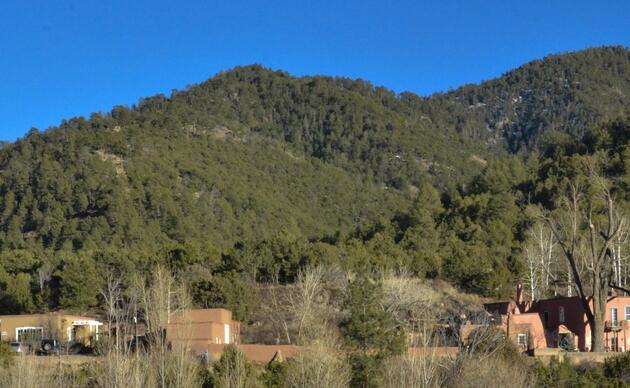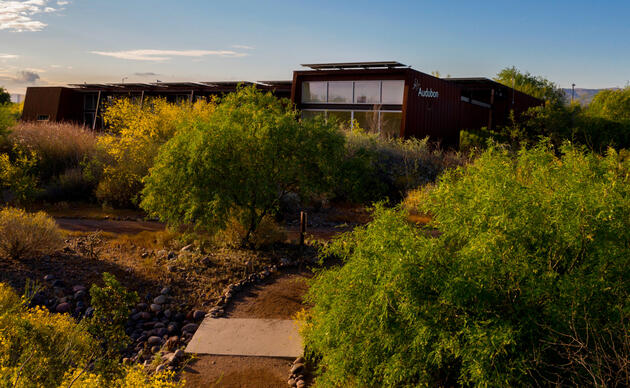Hummingbirds at Home: Audubon's Newest Citizen Science Program
Hummingbirds at Home: Audubon’s Newest Citizen Science Program
Watching hummingbirds is a favorite pastime for many birders and gardeners alike. These aerial wonders are fascinating and endearing as they flit about and feed on flowers and at feeders, visiting our yards and parks on their migration journeys during the spring.
Their small size belies their toughness – many hummingbirds migrate long distances and must eat several times their weight in nectar daily to stay alive. Their accelerated metabolism may keep hummingbirds moving at impressive speeds, but also means they live on the edge, consistently within hours of starving to death if they don’t find food.
To live such high energy lifestyles hummingbirds must sync their migration and nesting times with the flowering of nectar-bearing plants. Climate change threatens to throw off this delicate balance, with unknown repercussions for hummingbirds. We know that scientific research will be essential for helping us understand how climate change is affecting hummingbirds and for learning what we can do about it. But it’s not that simple. Collecting the necessary scientific data across large areas is difficult and costly.
Since the spring of 2013, over 9200 volunteers have shared over 26,000 observations of feeding hummingbirds with Audubon through our newest citizen science program, Hummingbirds at Home. The purpose of this innovative program is to gather data that will help us better understand how changing flowering patterns and supplemental feeding by people relate to the timing of hummingbird migration and breeding success, and how hummingbirds are impacted by feeders, non-native nectar sources in gardens, shifting flowering times, and climate change.
Since nectar is a critical resource for hummingbirds, fueling their ability to breed after migration, Audubon’s Hummingbirds at Home program asks people to document what flowering plants the hummingbirds are feeding on in their backyards as well as whether hummingbird feeders are supplied and used. The ultimate goal of Hummingbirds at Home will be to develop a series of region-specific recommendations to help hummingbird lovers make their gardens and “patches” better stocked with nutrient-rich nectar sources, especially during the critical post-migration and breeding seasons.
In this family-friendly program, participants log hummingbird sightings and the flowering plants or feeders they visit online and with free mobile technology or via desktop computers. Participants can record surveys of their yards, as well as logging how often hummingbirds visit their nectar foods. As sightings are reported, participants can also view hummingbird sightings on the website in near real time!
To learn more about this exciting citizen science project, go to www.hummingbirdsathome.org
How you can help, right now
Join the Western Water Action Network
Receive action alerts about water issues, and issues that are affecting birds across the arid West.
Donate
Help secure the future for birds at risk from climate change, habitat loss, and other threats. Your support will power our science, education, advocacy and on-the-ground conservation efforts.
Nina Mason Pulliam Rio Salado Audubon Center
Visit the Nina Mason Pulliam Rio Salado Audubon Center in Phoenix, Arizona.



